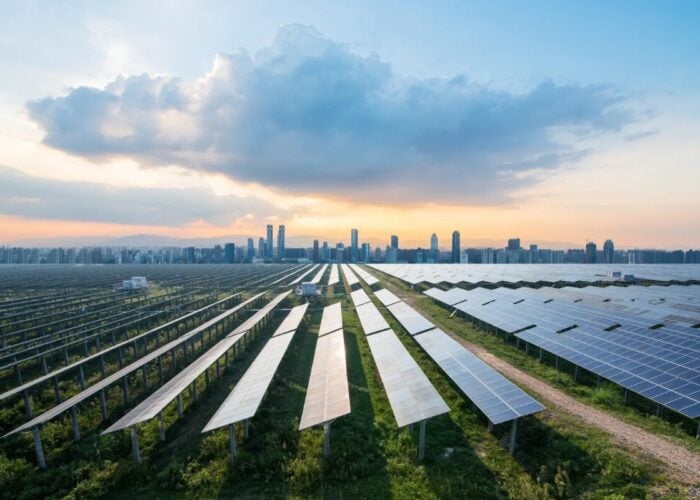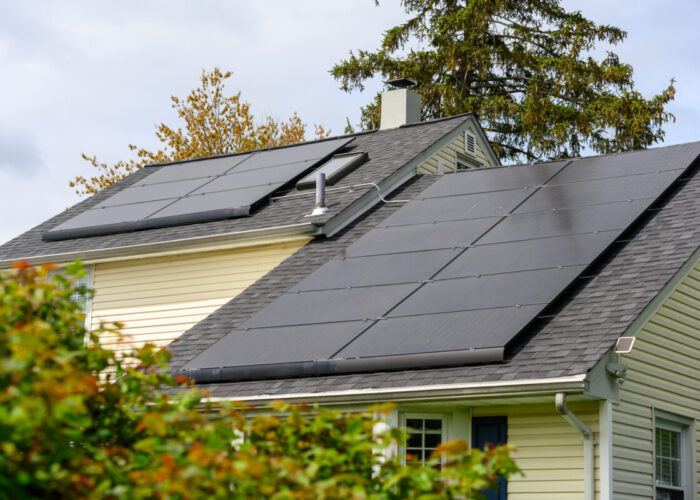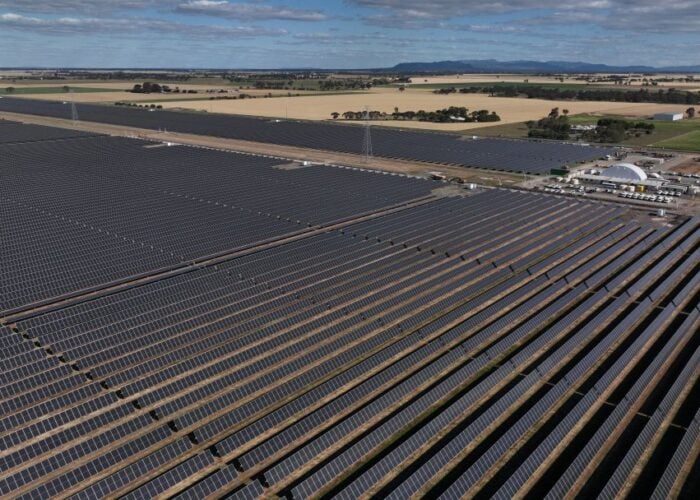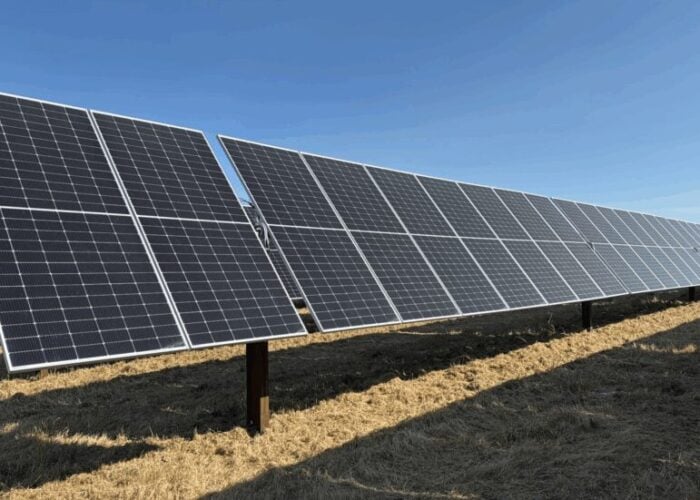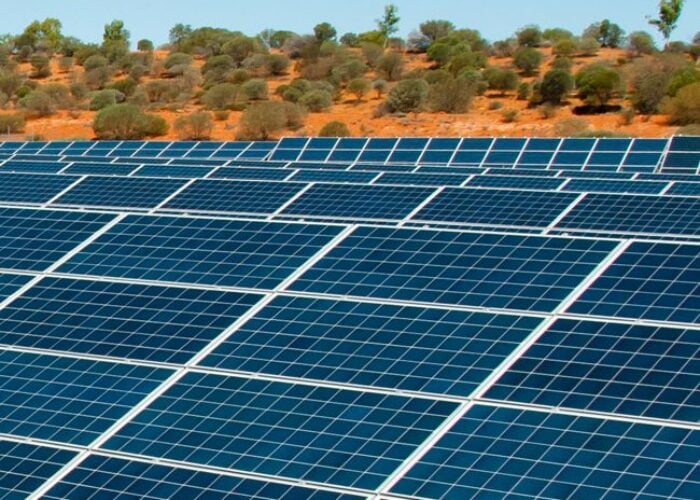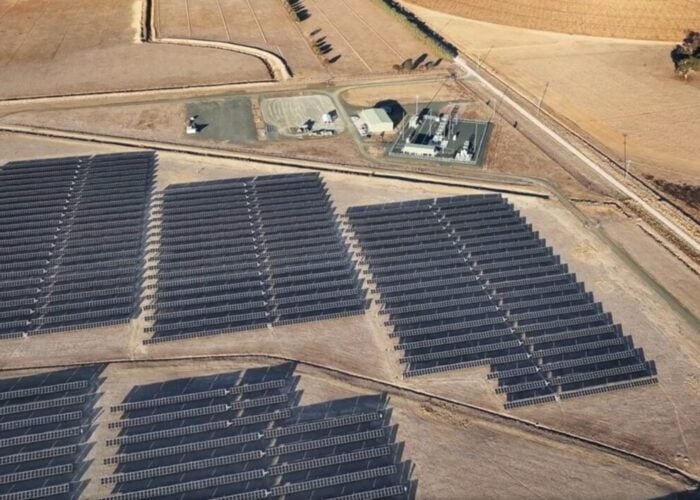A team led by Ames Laboratory in the US is to undertake research into solutions to the shortage of materials that are essential in the manufacturing of renewable energy equipment.
The US Department of Energy has awarded the lab awarded a five-year, $120 million grant to establish an ‘energy innovation hub’ research centre in Iowa.
Try Premium for just $1
- Full premium access for the first month at only $1
- Converts to an annual rate after 30 days unless cancelled
- Cancel anytime during the trial period
Premium Benefits
- Expert industry analysis and interviews
- Digital access to PV Tech Power journal
- Exclusive event discounts
Or get the full Premium subscription right away
Or continue reading this article for free
The centre will be named the Critical Materials Institute and will explore how the country’s clean energy industry can overcome the shortage of materials such as rare earth metals, which are used in solar panels and wind turbines.
David Danielson, Assistant Secretary for Energy Efficiency and Renewable said: “Rare earth metals and other critical materials are essential to manufacturing wind turbines, electric vehicles, advanced batteries and a host of other products that are essential to America’s energy and national security.
“The Critical Materials Institute will bring together the best and brightest research minds from universities, national laboratories and the private sector to find innovative technology solutions that will help us avoid a supply shortage that would threaten our clean energy industry as well as our security interests.”
In 2011, a DOE critical materials strategy reported that supply challenges for five rare earth metals – dysprosium, terbium, europium, neodymium and yttrium – may affect clean energy technology deployment in the coming years.
The centre will focus on developing technologies capable of making the best use of what materials are available and that eliminate the need for scarce materials altogether.

